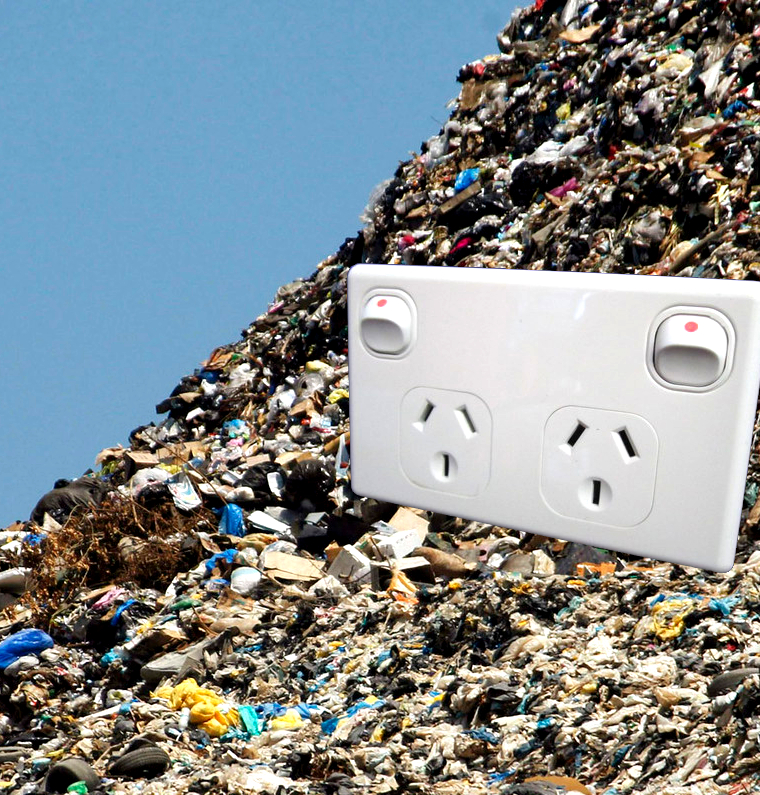Waste-to-watts at new WA plant
 A $400 million deal has been signed for Western Australia’s first garbage-burning power station.
A $400 million deal has been signed for Western Australia’s first garbage-burning power station.
The project put forward by Rivers Regional Council (RRC) will cut landfill amounts by incinerating waste and converting it into energy.
The Phoenix Energy Australia Kwinana Waste to Energy Project will be located in the industrial area of Kwinana, and will create energy out of the waste from six council areas.
RRC chairman Ron Hoffman said it would employ the well-proven ‘Martin Grate’ technology.
Mr Hoffman said the technology would be revolutionary for Australia, but has been successfully used at over 450 facilities around the world for more than twenty years.
“Some of the facilities in other countries are near schools and residential areas because the emissions from them [are] so low,” he said.
“It's a very simple process.
“The householder won't notice any changes as the rubbish bins will get picked up as usual but instead of going to landfill it will go to the plant.”
Mr Hoffman said it was an environmentally-friendly, economically-sustainable way to reduce rates for residents.
The plant aims to generate around 35 megawatts of electricity, enough to power close to 35,000 homes.
National Toxics Network secretary Jane Bremmer said it was a backward step.
“This is the dirtiest, most expensive way to manage our waste and to generate energy,” she told the ABC.
“We're heading in completely the wrong direction at a critical time where we're facing catastrophic climate change.
“The Kwinana community already carry the burden of our state's industrial pollution.
“It really is a gross environmental injustice and not only to the Kwinana community but for all of those communities right up to Fremantle and down to Mandurah.”
Mr Hoffman said the Environmental Protection Authority had considered all factors in its approval for the technology.
Murdoch University energy technology expert Philip Jennings told reporters that the facility could solve a long-running environmental issue in Western Australia – but only if it is operated to a very high standard.
“We don't want to replace water pollution with air pollution and that unfortunately has been the case with some of the technology up until now,” he said.
“It is a potential risk, every industrial plant is.
“The Government is going to have to watch the plant very closely and monitor the output to ensure it does not have any adverse consequences.”







 Print
Print